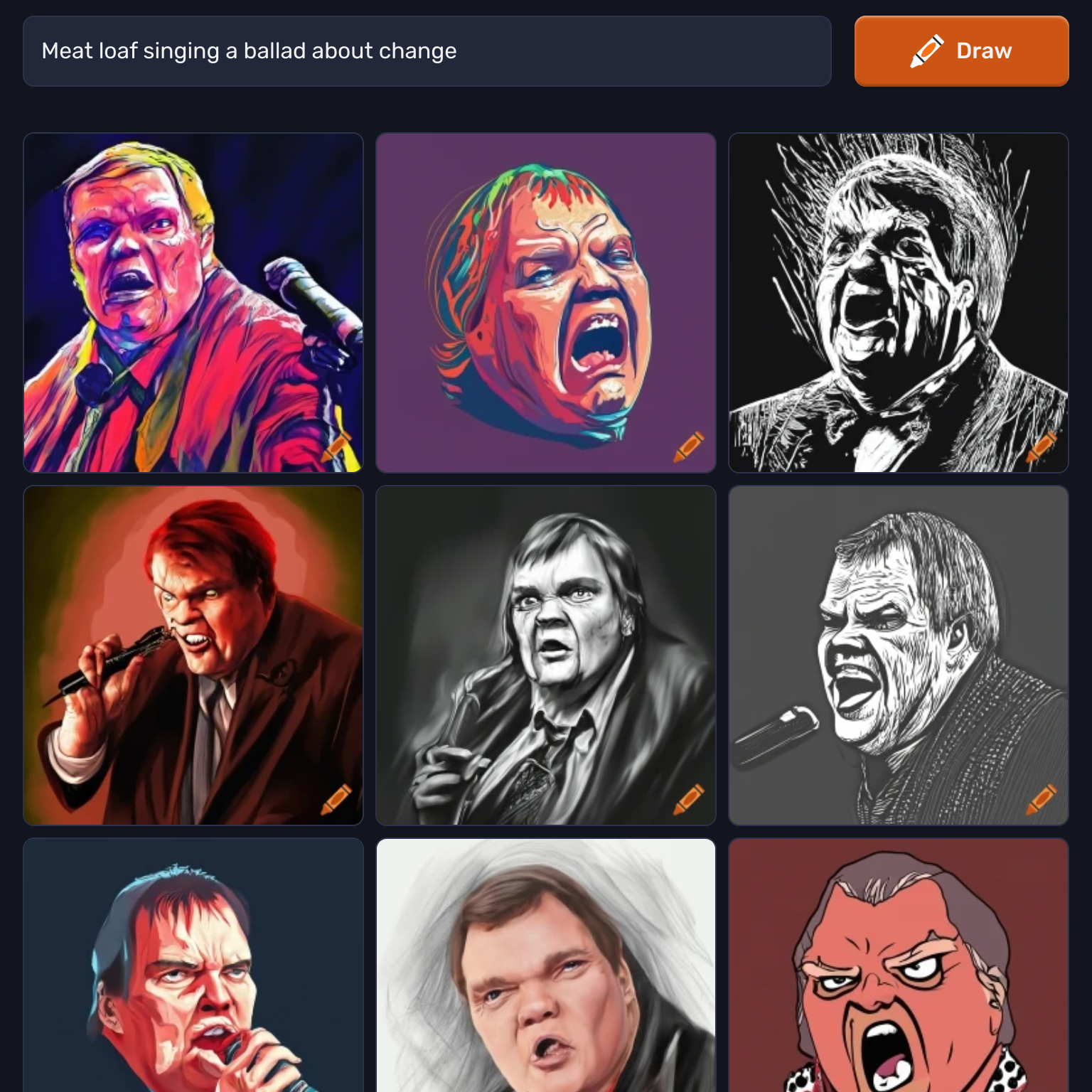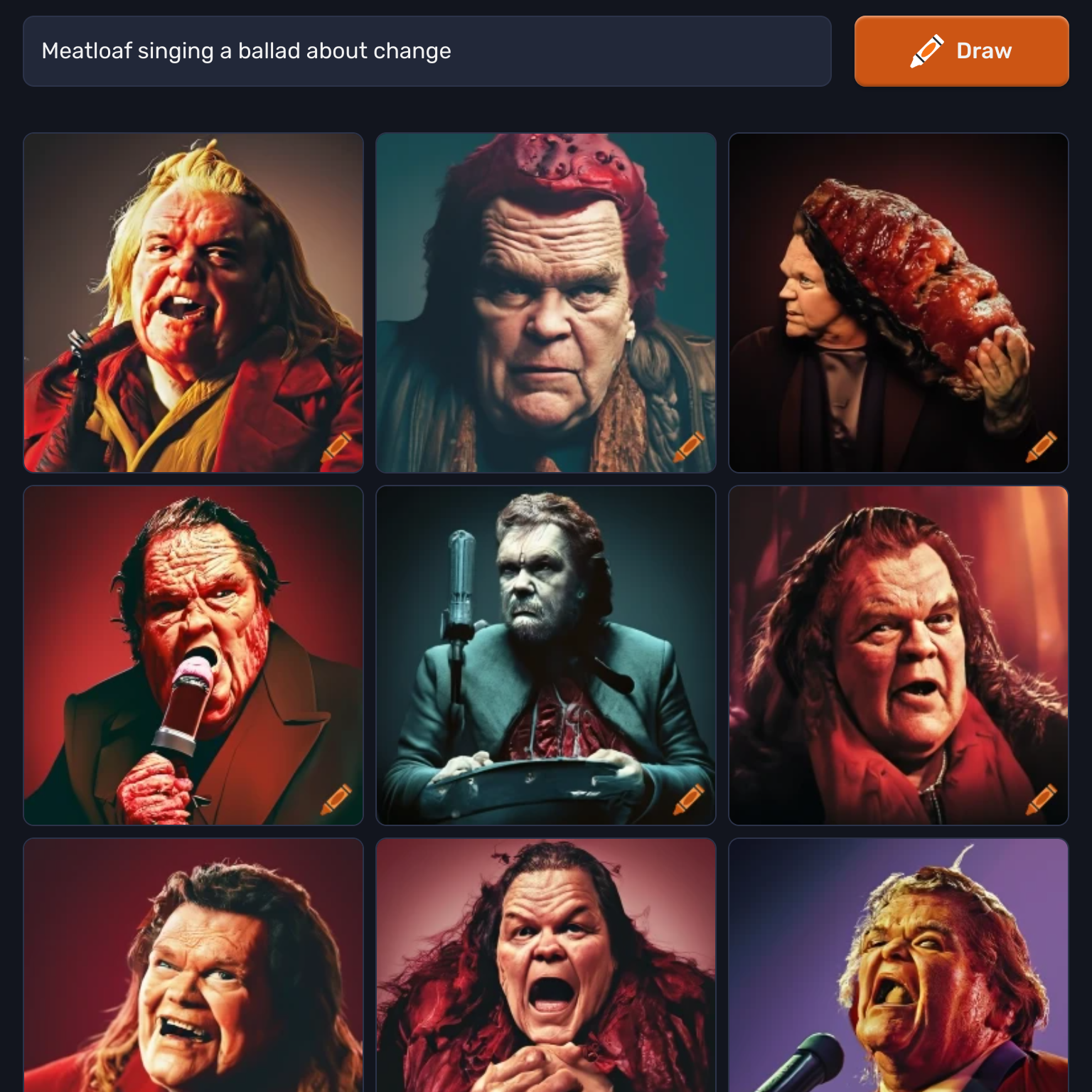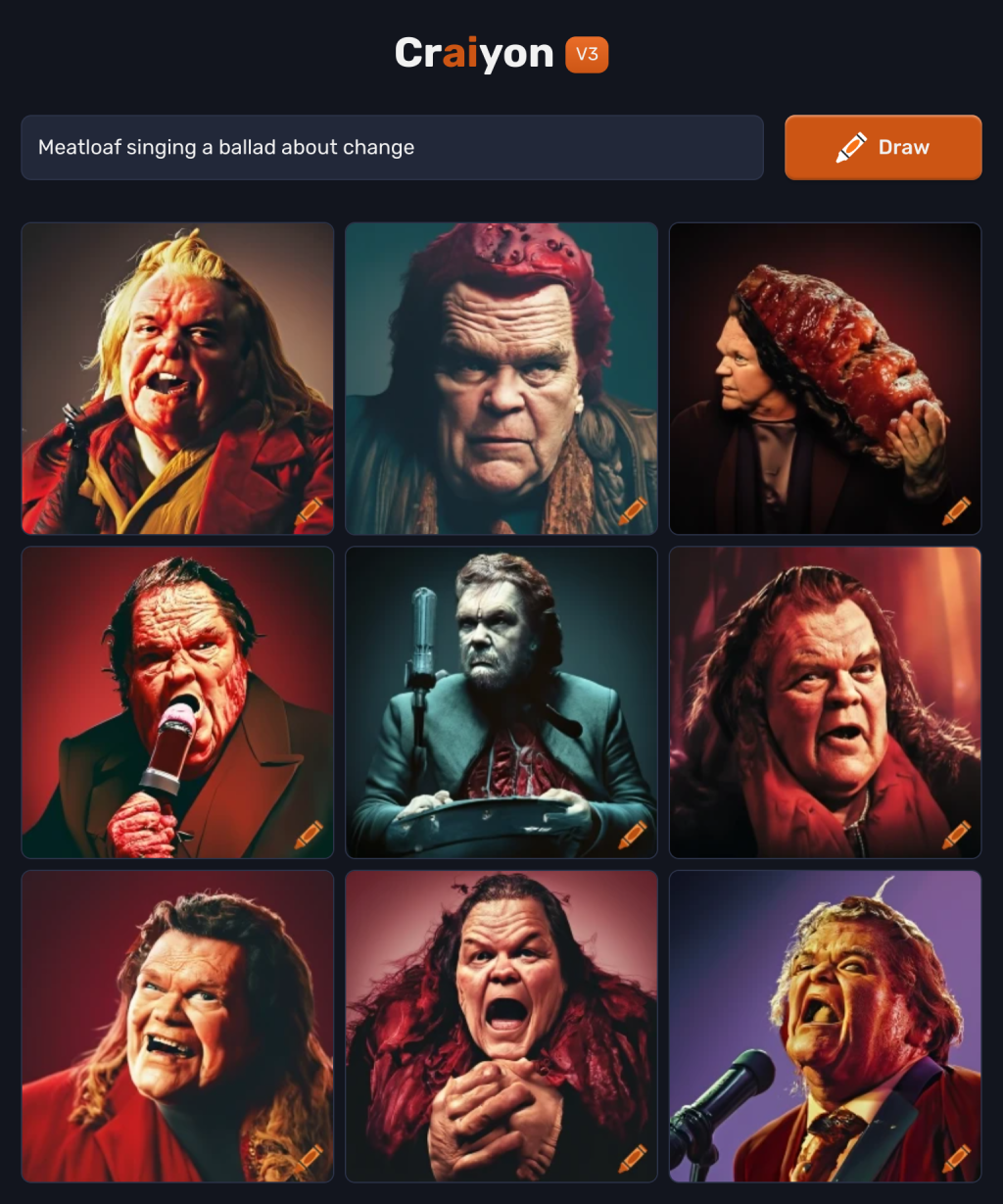In 1993, Meat Loaf released I’d Do Anything for Love (But I Won’t Do That). That song was number one for 7 weeks. I will now use Meatloaf’s achievement to clumsily talk about organisational change and a worrying trend I see repeated at many UK HE institutions.
Why not take a moment to enjoy this wonderful entry in the 90s OTT rock ballad canon. The video alone is worth 7:40 seconds of your time. I love Meat Loaf (don’t @ me). Whenever I hear it, I am transported back to car journeys with my Mum and singing Linda Crosby’s vocals, albeit out of tune, and the time we went to see him in concert. But I digress. RIP Meat.
The gulf between what decision makers want and are willing to do
At most universities, there are decision makers and processes through which decisions are governed. They may be individuals or a committee or board. There may be multiple layers of decision making and governance e.g. ethical, pedagogical, technical, financial etc. that all contribute to the final decision.
Change is no simple thing, to quote Meat, “Some days it don’t come easy.
Some days it don’t come hard”. Especially the big changes. We can encounter barriers to change on cultural, financial or technical reasons.
I remember being asked about changes I had supported my team through at an interview for a promotion at one institution I worked at. I listed things I felt were significant changes, this was just after the pandemic, and a very senior panel member replied that they had not seen any change in the entire time I had been there. Suffice to say, I left that institution not long afterwards.
Change is a funny thing. What seems like a big change to one person is a small change to another. This post could very easily have been inspired by the Father Ted episode where Ted tries to explain to Dougal that the cow figurines were small whereas the cows on the horizon were far away. Change is all about perception and while the changes I listed in that interview were clearly not ‘big enough’ to satisfy that panel members criteria, they were change nonetheless. Changing something as seemingly insignificant as the placement or name of a button in a system can impact hugely on those who use it. I remember the amount of support needed for major Moodle upgrades, for example. Even though we didn’t feel it was a big change, other people did. We cannot judge the impact of change solely on our own perception of it.
The irony of that panel member’s comment was that for years prior and for all the time I was at the institution, my boss pushed for change. To be recognised as an area that is worth investment that will pay dividends later (as it turned out, the pandemic really proved that. Not that the realisation lasted long, of course). After the pandemic, as the university inevitably snapped back (Professor Peter Bryant, 2021) to it’s old ways there was still much talk of what to do.
There were many lofty plans, and this is the trend I am seeing in HE, but nothing came of them. To make change happen, you need resources, a clear goal and support or a champion. None of these things were forthcoming.
It leaves those charged with implementing change in a very difficult position. Often, they have neither the authority nor resources necessary to do it. Instead, they are expected to do more with the same or less.
When those individuals raise the complexities or advocate for the resource they need they are accused of over-complicating or perceived as being resistant. To quote Meat, for the final time “Some days it don’t come at all [A]nd these are the days that never end”.
The disconnect between what a university ‘thinks’ it wants, what it actually wants and what it is willing to do to achieve it will continue. Of that I have no doubt. Many learned books are written about how to ‘do’ change successfully and I doubt a blog from a nobody with a readership consisting solely of her Mother will do a great deal to change it.
I hope this doesn’t resonate with your experience but if it does, know that you are not alone.
To conclude, universities will do anything for change (but support and fund it).
The [featured image] horror
I asked Craiyon AI to generate images of “Meat Loaf singing a ballad about change” and the featured image is one of the horrors it generated. I particularly enjoy the one where it appears Meat is holding a meat loaf or turd that is growing from his head. Here’s are a little more nightmare fuel.
Sleep well, dear reader.










Leave a comment